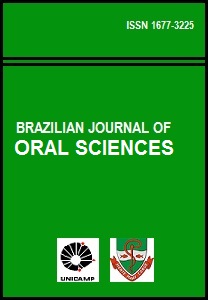Abstract
Aim: The smokeless tobacco (ST) has a strong association with the risk of oral leukoplakia (OL), oral submucous fibrosis (OSF) and oral cancer (OC). ST components exhibit genotoxicity and may alter the structure of DNA, proteins and lipids, resulting in the production of antigenicity. In this study, an attempt was made to estimate the cytogenetic damage [chromosomal aberrations (CA) and micronucleus (MN)] in people habituated to consume khaini (ST), which is one of the major forms of tobacco consumption in Tamilnadu, India, and believed to be a major risk factor for OC. Methods: After signing a consent form, volunteers provided blood samples (108 samples from including experimental and control subjects) to establish cell cultures at 52 h. For CA analysis, 100 complete metaphase cells per subject were evaluated. Chromatid- and chromosomal- type aberrations were identified in experimental and control subjects, where the latter showed a very minimal number of CA in age wise manner. Results: Statistically significant results were obtained in experimental subjects when compared to controls as confirmed by chi-square test. Exfoliated cells from the buccal mucosa of Khaini users were examined by using the micronucleus assay. The difference in mean micronucleated cell count for buccal mucosa between cases and controls were significant (p<0.01). Hence, specific biomarkers on cytogenetic endpoints might help in establishing preventive measures to reduce cancer risks. Conclusion: the genotoxic effect of smokeless tobacco should be considered in addition to other known hazards for assessing health risks.The Brazilian Journal of Oral Sciences uses the Creative Commons license (CC), thus preserving the integrity of the articles in an open access environment.
Downloads
Download data is not yet available.

